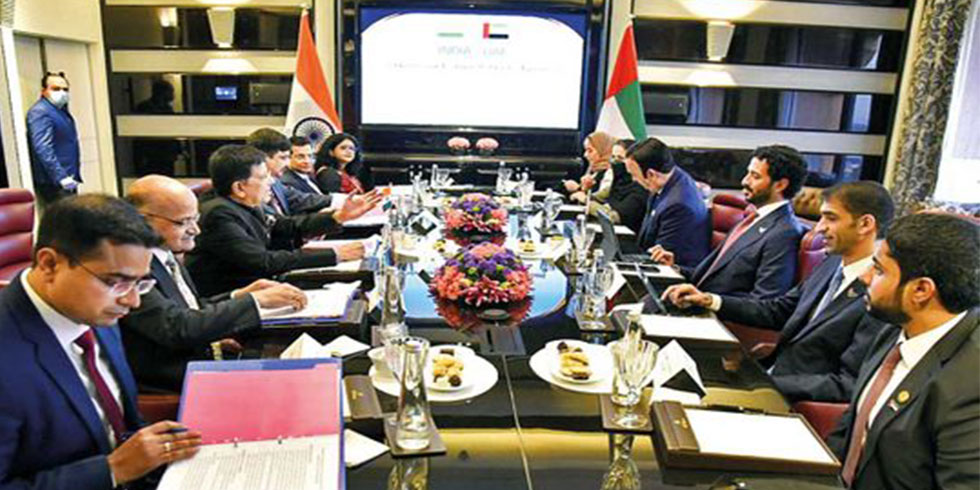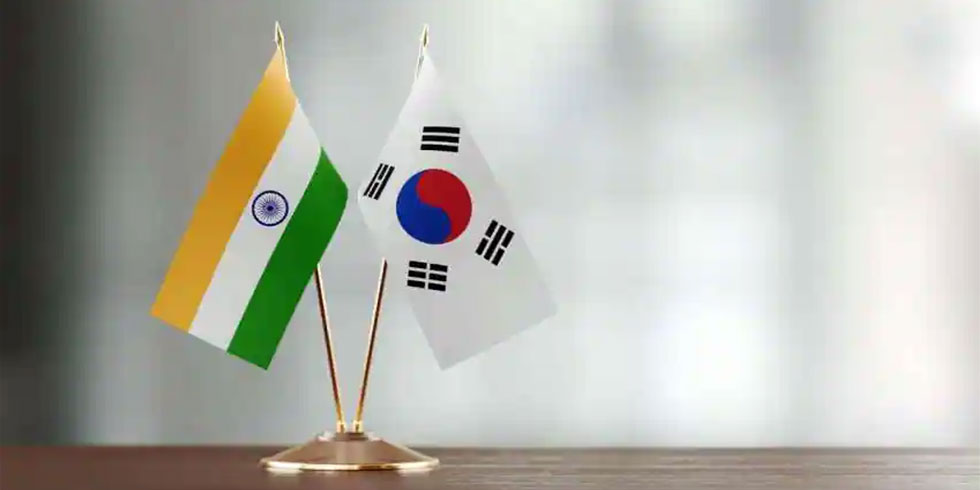The current military stand-off at Dokalam will test effectiveness of changing foreign policy orientation in both India and China. After years of concentrating mainly on economic modernisation, China is becoming more assertive in the last few years. Twenty-five years of relatively high growth has also made India confident. The strategic consequences of growth are clearly evident with New Delhi signing close to 30 strategic partnerships and about 15 trade agreements.
As both Prime Minister Modi and Chinese President Xi Jinping would like to be portrayed as strong leaders to their citizens, neither side is likely to back down from the present standoff in a hurry. The behaviour of both big powers is going to shape the evolving Asian economic and security architecture. The indications of conflicting or cooperative Asian architecture as well as role of external players like the United States, Russia and Europe will also become clearer soon. The relevance of New Delhi’s increasing ties with the US is going to be tested before long.
China’s economy and global trade is five times bigger than India. Due to this huge asymmetry, Chinese have been quite relaxed about New Delhi. In comparison, many in India have been more nervous about the rise of China. And the growing Chinese influence in South, Southeast and Central Asia —regions of immediate Indian concern — has been watched carefully by New Delhi. In the meanwhile, with $70 billion bilateral trade, China has become the number one trading partner of India. With only $10 billion exports going to China, the trade is hugely tilted in favour of Beijing. So, increasing economic ties have not necessarily reduced tensions.
For years, New Delhi has believed that China has transferred nuclear and missile technology to Pakistan, so that India is bottled up in South Asia. With its ‘all weather’ friend Pakistan further blocking India westwards, Indian access to Afghanistan and Central Asia has become difficult. This has provided China a relatively free space in Eurasia. In addition, Russia’s growing tensions with Europe and the US also made Moscow further close to Beijing.
Despite all these complexities, both India and China have managed their relations reasonably well so far. One of the main sources of tension between India and China is their shared but disputed border. Since 1993 when an agreement on the maintenance of peace and tranquillity along the Line of Actual Control (LAC) was signed, incidents of Chinese troops crossing the border have not gone out of control. Tone of cooperation at the BRICS gatherings as well as India’s entry into Shanghai Cooperation Organisation (SCO) has been part of this trend.
Indirect Chinese reference during Modi’s US visit and India’s decision to boycott the Belt and Road Initiative (BRI) gathering seems to have annoyed Beijing. Similarly, Chinese objections to India’s entry into the Nuclear Suppliers Group (NSG) as well as blocking India’s move to ban JeM chief Masood Azhar in the United Nations have made New Delhi suspicious of Beijing’s real intensions. The nationalistic rhetoric fuelled by media from both sides has created a situation, in which Dokalam has become more than a ‘normal border incident’. The entry of a new actor, Bhutan into this game has made things further complicated and, to some extent, unpredictable.
Most European powers are not very comfortable with the rise of China. Apart from some statements on human rights and democracy, however, they are unable to do much. How to manage China’s rise was left to the US. The ‘pivot to Asia’ or rebalancing initiated by the Obama administration is practically over. The current policy muddle in Washington will benefit China.
The South China Sea dispute had provided an opportunity for the West to put pressure on China. An extended India-China standoff would provide another chance for them to pinprick China without getting involved in a serious manner. The vice-president of the European parliament Ryszard Czarnecki has asserted that “Chinese action in the Doklam plateau can be seen as a part of the country’s recent tendency to unilaterally change the ground situation in areas that are disputed”. The US so far has avoided commenting on the standoff. The joint India-US-Japan Malabar Exercise was a regular event, though some in the Indian media were trying to link it with the standoff. The exercise started way back in 1994.
The all-party meeting on the standoff has rightly stressed on diplomatic engagement. Enhanced engagement and understanding is required not just for Dokalam but also for broader strategic issues and economic projects. Some serious issues are involved in projects like the China-Pakistan Economic Corridor. Still, there is an ample scope of coordinating the BRI with our initiatives like the International North South Transport Corridor, Chabahar port, Kaladan Multi-Model Transit Transport Project or the newly launched Asia-Africa Growth Corridor. Beyond geopolitical moves, all these projects offer tremendous developmental opportunities for citizens in participating countries.
With cooperation and coordination both India and China can make the 21st century a truly Asian century. Otherwise conflicting Asian powers will offer opportunities for the West to continue its hegemony for some more decades.














Add Comment